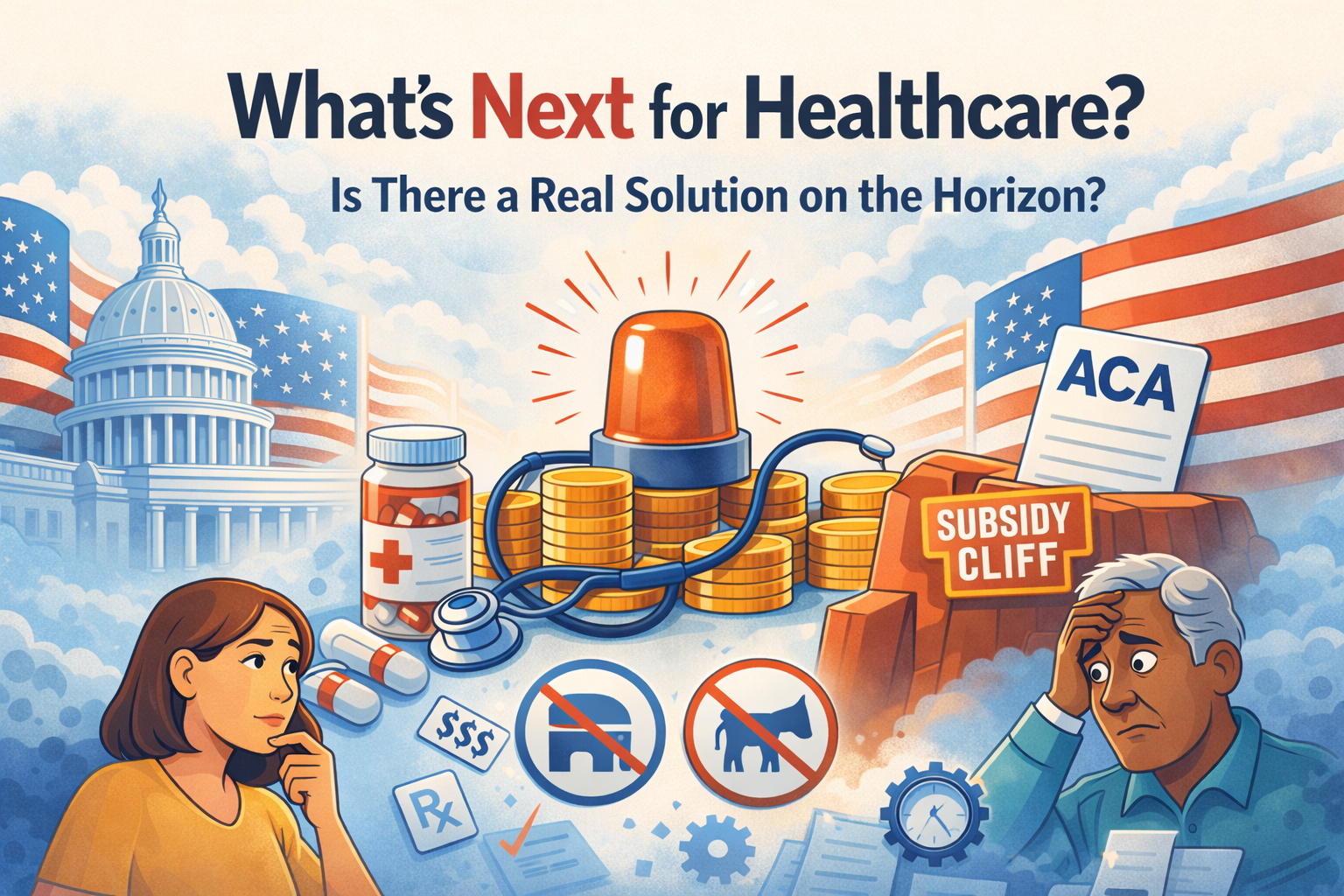Riddle me this: What is $325 BILLION in size, nearly 2% of the GNP of USA, almost 10% of the total health expenditure of the USA, and growing at a rate of 6% a year? If you guessed prescription drug costs, you are right on the mark!
President Trump announced his plan to overhaul and address the spiraling and skyrocketing costs of prescription drugs, a problem that affects every consumer, young or old. While he stopped short of suggesting the government would regulate and negotiate directly with the industry, he did lay out a foundation that may bring some relief to consumers, in time.
The Costly Consequence
It’s a challenge to an industry that was overturned just 8 years ago, when the ACA mandated plan structure and eliminated plans that had narrow drug formularies, and limited consumer selection to generic drugs only.
The plan also stops short of seeking drastic changes to the health care industry that would more directly overhaul the costly path drugs take from development to Americans’ doorsteps.
Taken together, the administration’s strategy —which mixes new policy ideas with proposals already laid out in the White House’s 2019 budget request — reads as an ambitious attempt to alter a drug development and distribution system that both Republicans and Democrats have derided as too expensive and burdensome for patients.
While everyone on both sides of the political spectrum agree that the costs of drugs and the high-cost impact to the healthcare system is a problem, there is no consensus on “how” to address this problem and this plan leaves much room for clarity.
Public attention to pharmaceutical costs has risen in recent years, spurred by the steep price hikes some manufacturers have imposed for crucial drugs. In one of the highest-profile cases, Turing Pharmaceuticals hiked the price of its lifesaving drug, Daraprim by more than 5,000 percent in 2015 to $750. The company’s founder, Martin Shkreli, ultimately landed in jail on unrelated security fraud.
No More Modest Monthly Copays For Pricey Drugs
Under the copay accumulator programs introduced by some health plans in 2018, accumulator programs target specialty prescription drugs, which a manufacturer provides copayment assistance for. Accumulators shift a majority of drug costs on consumers and manufacturers.
Unlike conventional benefit plans, the manufacturer’s payments no longer count toward a patient’s deductible or out-of-pocket maximum. In turn, this will discourage the appropriate utilization of specialty treatmentsand many consumers won’t understand their new “benefit” plan.
Until market prices come down, consumers need to continue to be vigilant in purchasing, ask for lower cost alternatives, seek out discount programs, consider non-pharmaceutical approaches to their health, and work with their physicians / seek guidance on the most efficient way to obtain their drugs.
We understand that navigating the changes in health care can be challenging. CorpStrat will keep you appraised as the clarity of reform becomes available. Stay tuned…



